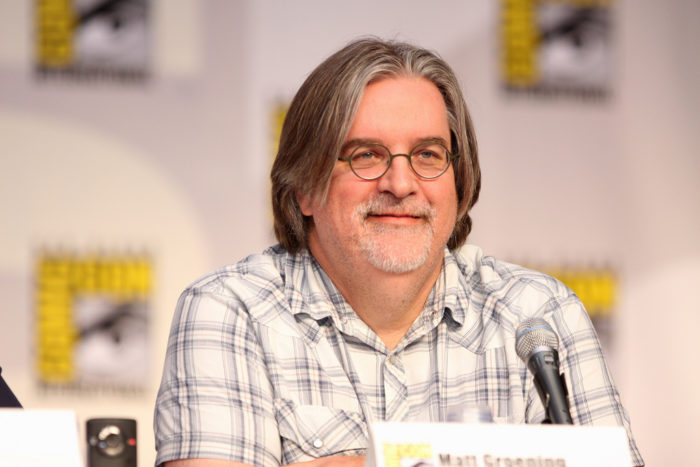
A new page on the calendar. A box for that Christmas tree that’s been lighting up the living room. Once you finally work up the momentum to change out of those holiday stretch pants you’ve been steadily growing into, you’re forced to reckon with the New Year Haze.
This feeling comes without fail. I’m not sure of a better term to describe it because that’s exactly what it feels like stumbling into. It’s that hazy hangover space that lingers long after the champagne works its way through your system.
That New Year Haze is a big part of what makes this time kind of, well, kind of a downer for me. My thoughts drill relentlessly into could haves, would haves, and should haves. Accomplishments are glossed over, and what’s left are all the shortcomings and missed opportunities.
Sound familiar?
First comes the self-pity. Once you get your fill of that it’s on to the grand resolutions and list making. You carve out new schedules. You dissect the blueprints of your life and plan to blow it up and rebuild something from the smoldering ashes.
“This will be the year,” you say. “This is finally it.”
Then comes a flurry of activity for a few days, maybe weeks. But slowly, insidiously and without you even realizing what’s happening, your old habits creep back up on you. So begins the painful 11-month slide back into the familiar.
When are you finally going to seize life? When are you going to unlock your full potential? These are the kinds of questions that go looping in my mind like that shitty pop song you can’t stop listening to.
Bottom line: you work yourself up into a froth of self-loathing and shame, but nothing really changes.
Not anymore.
I’m done with that this year. Consider this my anti-resolution.
Not with hoping, or dreaming, or pursuing better things. What I’m done with this year are the grandiose resolutions. I tend to set those so high (get down to eight percent body fat, write a million words this year, and so on) that the day to day starts to look like ascending Everest.
It’s easy to look where you are and the incredible gap between what you want to be. You aren’t even at base camp, and you’re supposed to climb up to the cruising altitude of a 747?
Yeah, right…
What’s the point, my mind says. Why even try? Embracing the role of the victim is the default rule of society. You get sympathy. It’s seductive.
The big problem with all that: it’s not doing me any good.
Whining and complaining might feel good over the short-term, but it isn’t winning. That’s why this year I’m trying a different strategy.
No more grand resolutions. This year I’m focused on the small, the subtle nudges from day to day. I’m making one tiny tweak at a time and relying on the compound interest to pile up. I’m talking about new habits so dead simple that I can’t not do them.
That’s why this year I”m focused on things like switching from a large coffee to a small — instead of a monastic caffeine ban. I’m scheduling a 10-minute calisthenics minimum instead of two-hour marathon weightlifting sessions. Five minutes of meditation here, reading one Shakespeare sonnet a day there. Waking up 10 minutes earlier instead of five a.m. misery.
Trench warfare.
Less thinking and self-loathing. More acting.
Because that’s where the real change happens anyway. You put one boot in front of the other and keep marching. There’s no time to get down on yourself. One day, you look back and and marvel at all the unfamiliar scenery.
I get the grand plans and big thinking, I really do. Maybe it’s in my blood or something. But maybe if you’re not happy with your progress these past few years, you’re trying to act too big instead of getting in the trenches. At least that’s what I’m betting on this year. Set yourself up to win with mindless, dead simple habits. Stack them on top of each other until you’ve constructed an entirely different life.
You get in the trenches. You march on, rain or shine.
Who’s with me?


